2023 was a big year for the farming sim. FAE FARM received a surprising amount of press coverage, the long-awaited CORAL ISLAND and all of its 25+ hot dateables finally went 1.0 in November (though you still can’t go on dates with them), and even fan-favorite RUNE FACTORY 3 got a remaster. The farming sim I found myself sinking the most time into, though, was MY TIME AT SANDROCK. While its predecessor MY TIME AT PORTIA didn’t blow me away, SANDROCK’s refined mechanics and smoother gameplay kept me hooked for hours on end.
There was so much to love: the satisfying daily loop of scavenging and turning in commission projects, the surprisingly long and detailed mainline quest, and the robust social and romance system. It was the first time I’d played a farming sim and felt like it was pushing the boundary of a genre that has settled into its ways in the last five years. I couldn’t help but wonder why I wasn’t hearing any buzz about it—MY TIME AT SANDROCK sets a new standard for any modern farming sim game, so why wasn’t anyone talking about it?
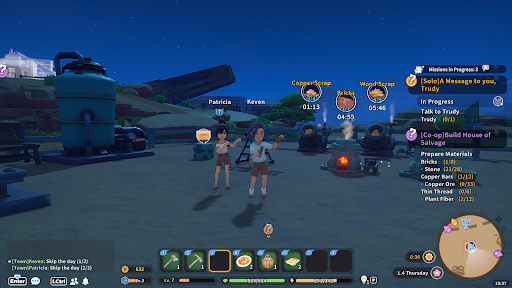
SANDROCK has an impressive multiplayer mode too, with a whole different story set-up and new things to build.
The big difference between the MY TIME series and other farming sims is that you aren’t really a farmer, you’re a builder. There is still a farming mechanic present, but you’re primarily scavenging trash piles and mines to build things using machines to fulfill commissions for your town. We’ve seen versions of this type of gameplay in the STORY OF SEASONS franchise. I still remember my farm full of wood-processing machines in PIONEERS OF OLIVE TOWN. While this might make it sound more like more of a crafting game, the yearly calendar and social system is so classic farming sim that there was never a doubt in my mind that it was more akin to HARVEST MOON than MINECRAFT.
What’s most distinct about SANDROCK in comparison to any other farming sim I’ve played is the shockingly long mainline story that takes around 80 hours to complete. Throughout those 80 hours, your town changes dramatically in both its aesthetic and its villagers. While I was never blown away by any story moments, and sometimes found myself wishing there was less of it, seeing the town evolve and my actions have an impact on the environment made it a memorable experience. I really did grow to love this fleshed-out town and all its characters. By the end of it I left feeling a real sense of pride over this little desert oasis I built up with all these characters.
The social and town mechanics are also so much more robust than any other farming game I’ve played. Not only is there the usual “gift a day” option to increase the friendship level between you and another villager, but completing commissions also builds your friendships. There’s also an impressively complex system where increasing someone’s friendship rank gives you friendship points for their family members and friends, too. This means that I could have a high friendship status with some people at the end of the game who I had only talked to once, simply because I did commissions or quests for their friend multiple times. Even just doing the mainline quests increases your relationship with every resident. With other farming sims, it can eventually feel like a chore to go around and talk to everybody every day in order to have high social standings with everyone. Here, it happens naturally over the course of the game. This is great because attaining a certain level of friendship with each person unlocks a helpful bonus unique to their characteristics. For example, growing closer with Civil Corps character Unsuur gives you a defense stat bonus, but growing closer with fellow builder Mi-an provides you with more stamina.
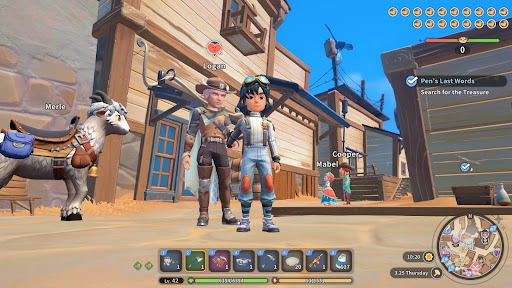
Some romanceable characters aren’t even available until certain parts of the main narrative; make sure to keep your options open.
I was also particularly blown away by the romance system. You’re able to go on dates at designated locations that come with unique dialogue and ways to receive even more friendship points. Taking someone you’re schmoozing to the diner allows you to ask them unique questions and ordering the correct food based on what you know about them will make them like you even more. There are moments throughout where dialogue options pop up where you can show romantic interest. If enough of these are chosen and your friendship level is high enough, that person might even be the one to pursue you and ask you into a relationship, and later even propose marriage. Once in a romantic relationship with a character, even more dialogue options emerge and there are new romantic quests unlocked with cutscenes. It doesn’t stop there, though. You are able to choose what pet name your spouse uses (I chose “Princess”) and how you want your children to refer to you, all without gender limitations. It was so refreshing to see all these small details be added to this aspect of the game that can go totally ignored. I have always loved the romance system in farming sims, which give you a reason to replay them and pursue a different spouse for a new story. SANDROCK makes this even more enticing and easier with its additions. And yes, I married Logan, and sure, it was worth it.
When searching for reviews or opinions on SANDROCK or any other farming sim that came out this year, I kept coming across the same comparison: STARDEW VALLEY. STARDEW VALLEY did not invent the farming sim franchise and didn’t really change much mechanically from HARVEST MOON’s original formula, but yet it’s rewritten history to now stand as the definitive understanding of what every farming game should aspire to be. I was a huge fan myself, following its development before it was released, and even making a “wineskin” for my MacBook so that I could play its Windows version before it came to other platforms. I had grown up playing the HARVEST MOON games and STARDEW was exciting for all the ways it called back to its predecessors. I found Pelican Town cute and quaint, and the characters all very likable. It fell into the classic issues of the genre (very limited dialogue scripts and not much of a fleshed-out setting), but it was exactly what I had wanted back in 2016. More of the same, but well done with a fresh coat of paint.
Needless to say, other people loved STARDEW VALLEY as well. It arguably started a renaissance for farming sims and led to them being all over Steam. I think you can claim that classic farming sims were an important part of the emergent “cozy game” movement, and STARDEW VALLEY only made that even more obvious. Whereas I was excited by STARDEW because of how little farming sims there were back in the day, I’ve become somewhat disinterested in the genre because of the plethora of them now. The thing about farming games is that they’re not that complex or exciting. They’re repetitive, mundane, and have always felt like they’re cheaper to make. Everyone was trying to ride STARDEW VALLEY’s hype, and everything that followed has just felt too repetitive and reductive.
I find myself frustrated with STARDEW VALLEY now. All of this praise over the past seven years feels weird to me. Yeah, I liked the game and sunk endless hours in it, but it didn’t feel as revolutionary to me as it had to other people. I understand the one-man dev team story is sellable, especially in a culture that admires entrepreneurship and auteur-ship. The developer, Eric Barone, said he was frustrated with HARVEST MOON and wanted to make a better one. He did. But I can’t help and feel like some of these sentiments and admiration of the project feel a little… racist?
Barone has somehow become the steward of an entire genre that was created in Japan and was always specific to a certain history of Japanese farming and animism. I’m not saying that every farming system needs to be indebted to this, but I do feel like something about the genre is lost when the entire frame of reference is this Western release. I also remember how people made fun of MY TIME AT PORTIA for looking like a “Chinese knock-off,” and think about how STARDEW can be seen as investing in a Western aesthetic that’s now the blueprint of “cozy” (not to mention its ridiculous lack of POC characters and romance options).
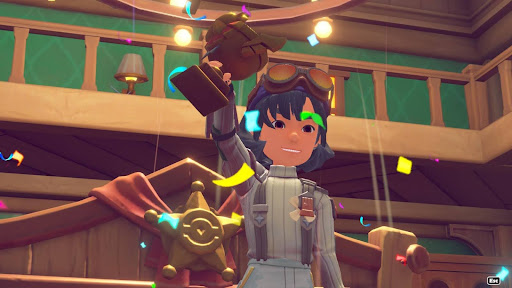
The farming sim/cozy game of the year in my book.
When I think about SANDROCK and all the ways it made for the most moving farming game experience I’ve had this year, I wonder about the different things we seek from these games. Is less more when it comes to the farming sim? Can a “cozy” game only have a specific kind of aesthetic? I don’t want to believe that, and I don’t want to characterize a genre as being the best when it’s at its simplest. SANDROCK was one of the most exciting and enthralling games I played this year because of how it built on a foundation that I have grown up playing in ways that caught me off guard and made me happy to see how far the genre has come. Its unique desert setting that slowly blossoms as you progress through the story and massively fleshed-out cast of colorful characters made for a farming sim experience that I just couldn’t put down. Even 85 hours later I’m still editing my house with its SIMS-like building editor and working through post-game side quests. This particular farming sim time-sink did what STARDEW did for me seven years ago, and I’m glad to see that there are developers who are interested in pushing things even further.



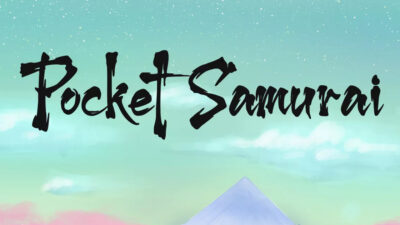
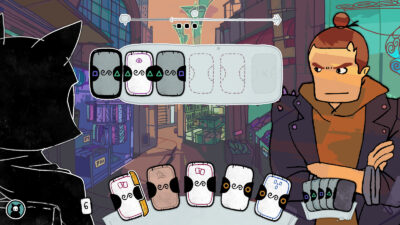



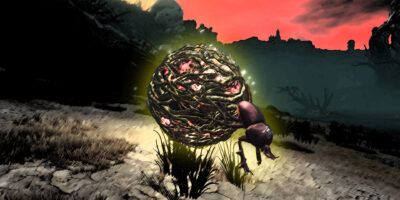
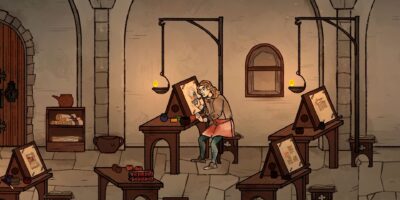
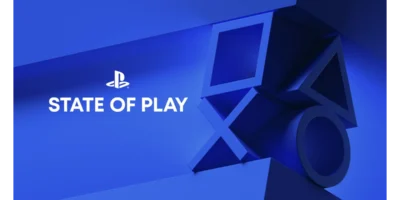
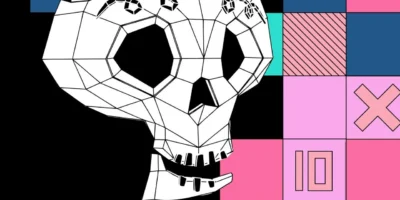



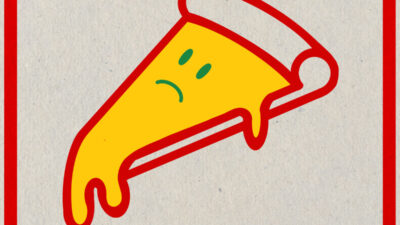
Comments